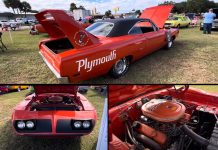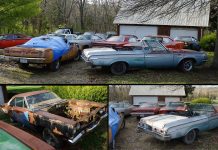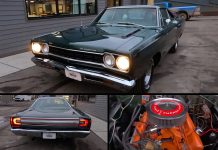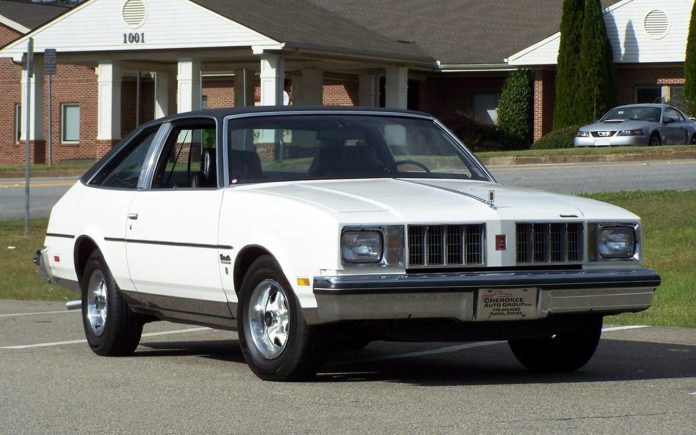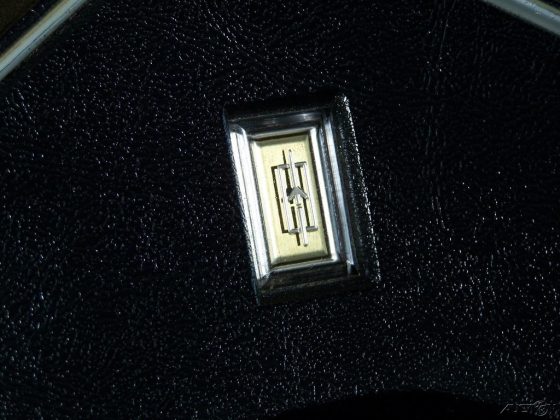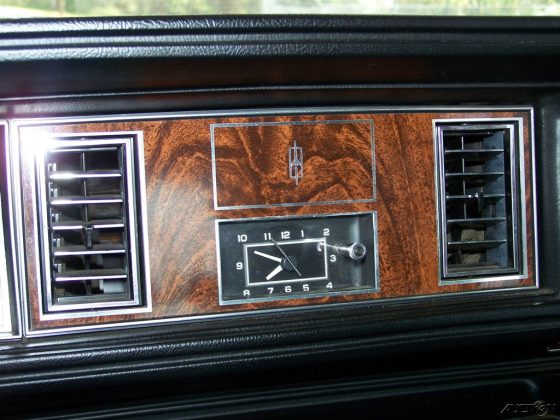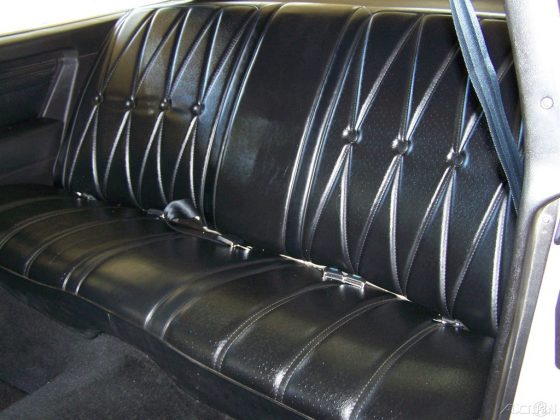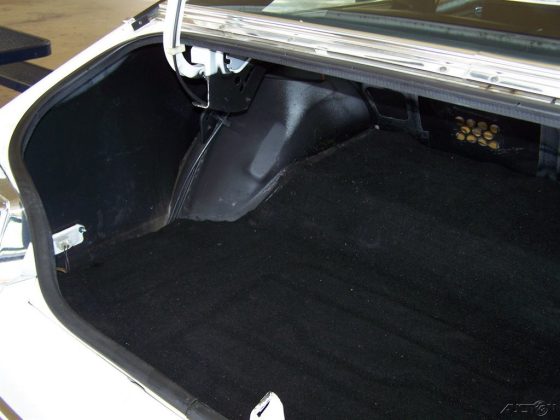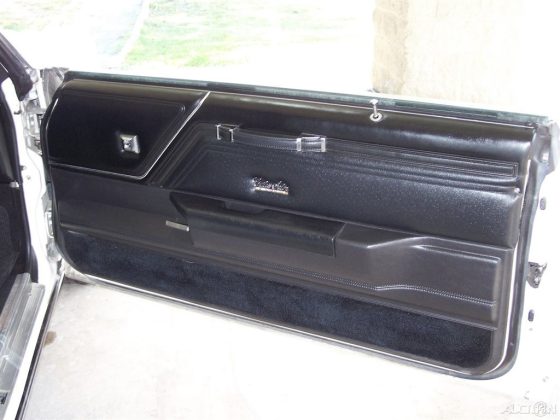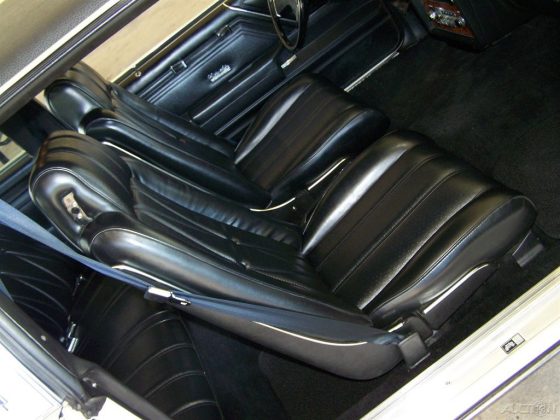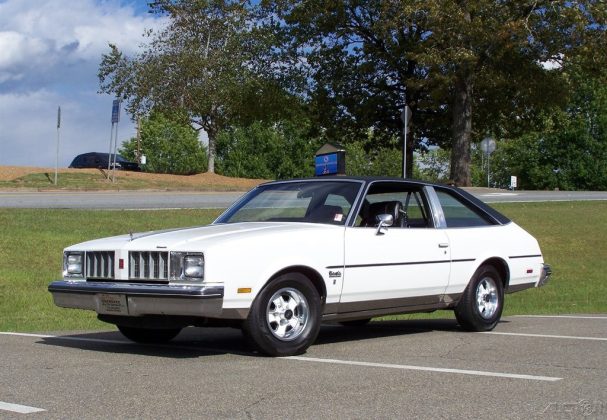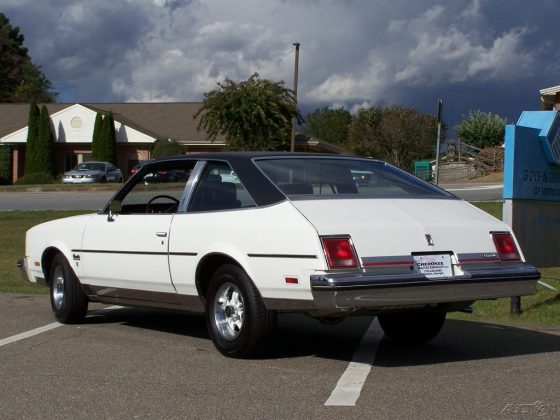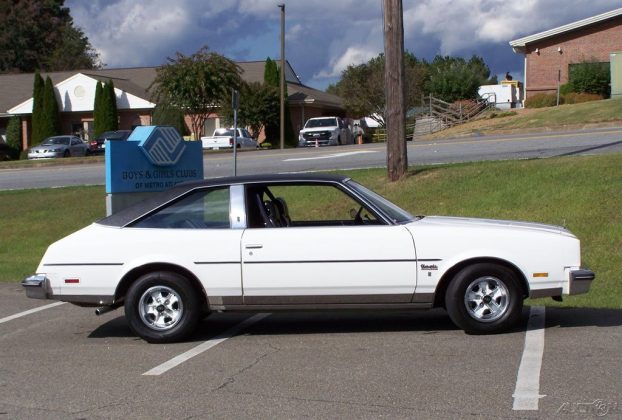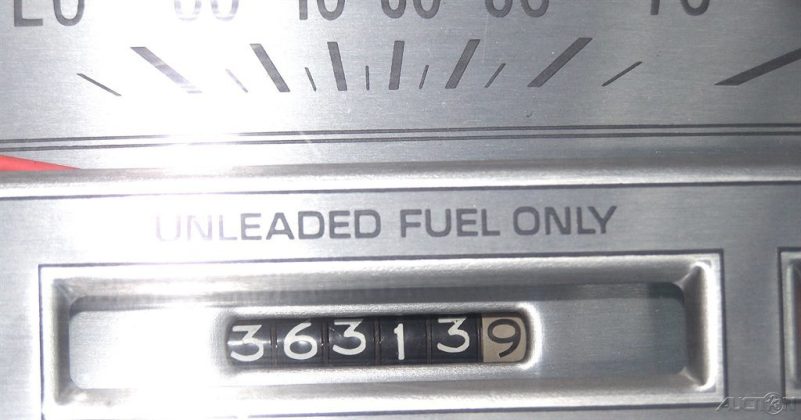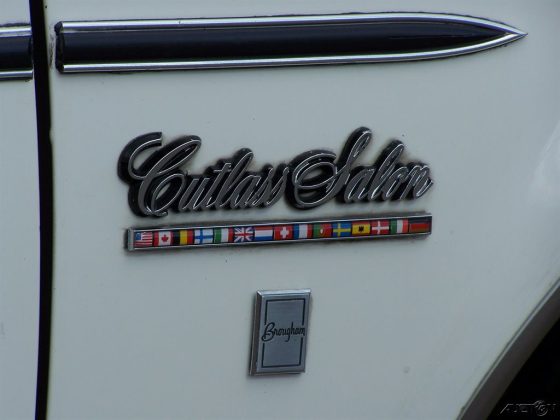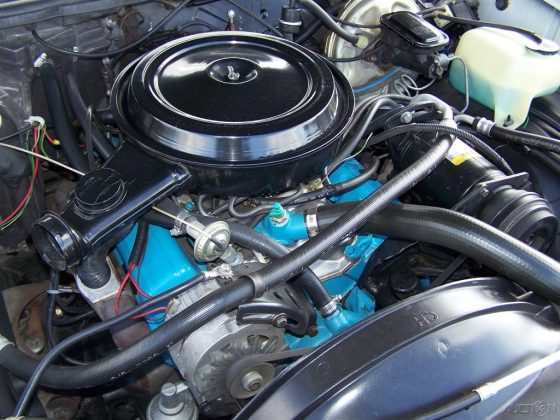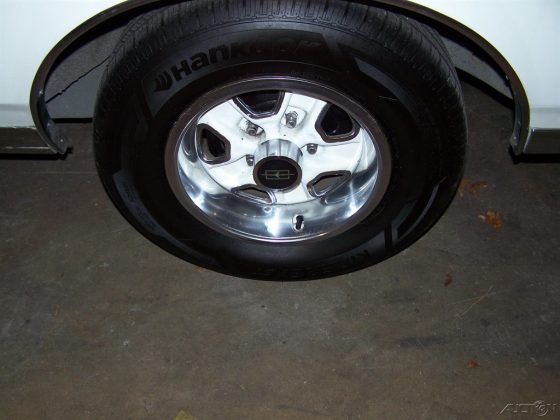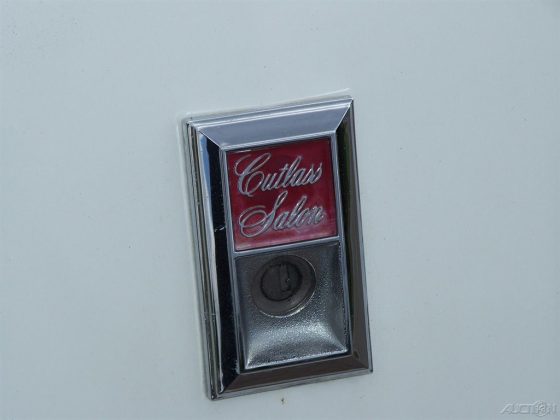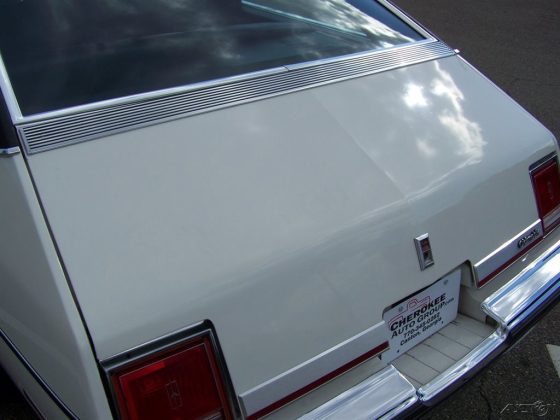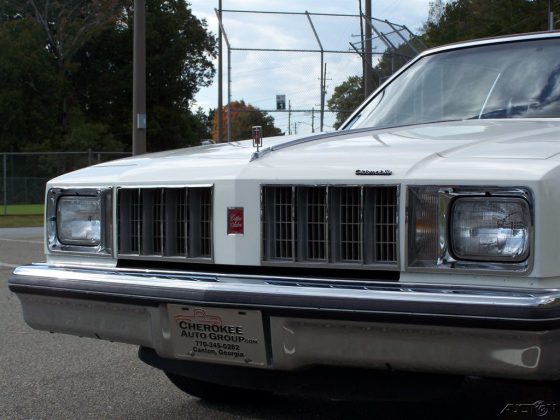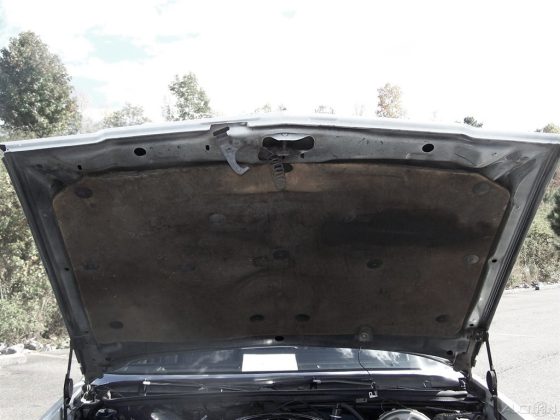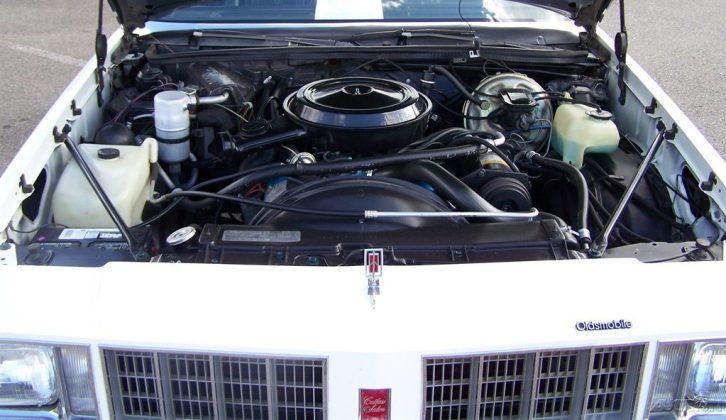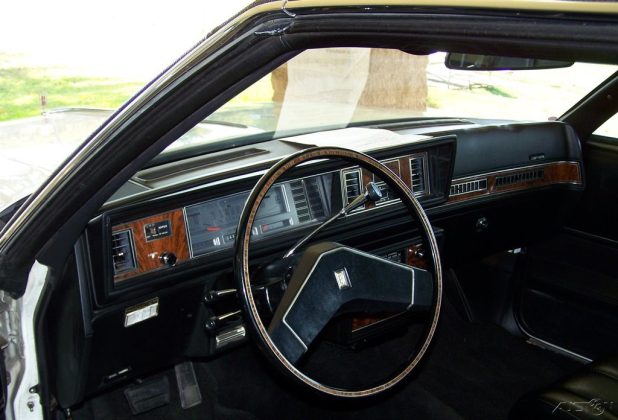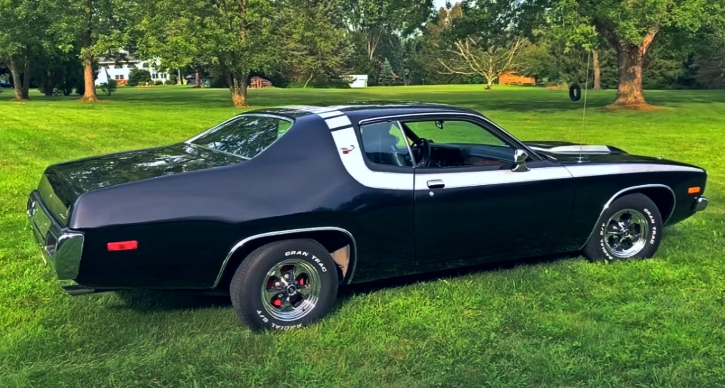In the late 1970s, the American auto industry faced a challenging period that seemed almost like a void in its history. Following the Oil Crisis of the 1970s, Detroit struggled to produce vehicles with style, substance, or impressive performance figures. However, not everything from that era is unworthy of preservation or celebration.
The 1978 Oldsmobile Cutlass Salon Brougham
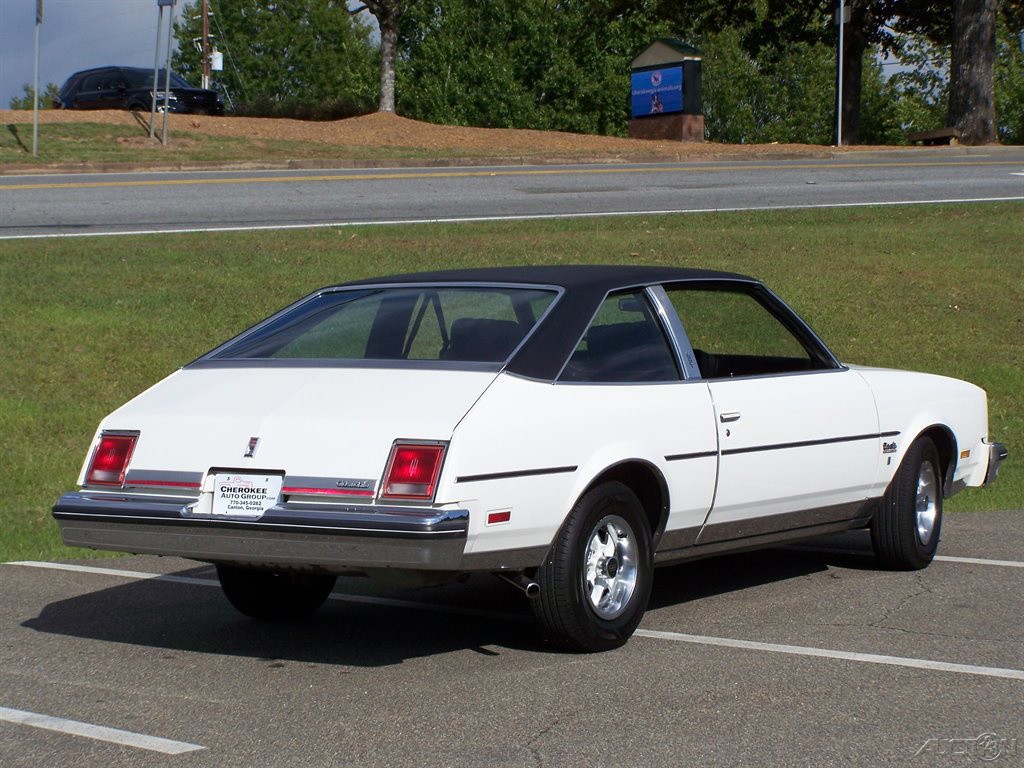
Take, for instance, the 1978 Oldsmobile Cutlass Salon Brougham. At first glance, this car offers intriguing aspects worth exploring.
During the fifth generation of the Oldsmobile Cutlass, much had changed from the earlier models that had made this line so beloved. The car’s platform had been downsized to what was considered a mid-sized vehicle by American standards of the time. It now shared the GM A-body platform with other models like the Chevy Malibu, Pontiac LeMans, and Buick Regal. Unfortunately, the A-body lineup of that period did not live up to the reputation of its late 60s counterparts.
The unique Oldsmobile V8 engines that had defined the Cutlass were gone. Instead, a variety of engines from different General Motors vehicles was utilized, including the ill-fated diesel V8s, which soured many Americans on diesel-powered cars for decades. However, this particular Cutlass Salon Brougham Coupe sported a 305-cubic inch (5.0-liter) Chevy V8, a common engine throughout GM’s lineup at the time.
The Brougham Package and Performance
The special Brougham package brought a higher-quality interior trim, a more comfortable suspension, and enhanced sound-deadening, promising a refined and luxurious driving experience. Despite its relatively light weight of 3,300 lbs for an American car, primitive emissions equipment severely limited the performance of the V8 engine, producing a mere 160 horsepower from the factory. This was not a vehicle suitable for autocross, drag racing, or any competitive racing event.
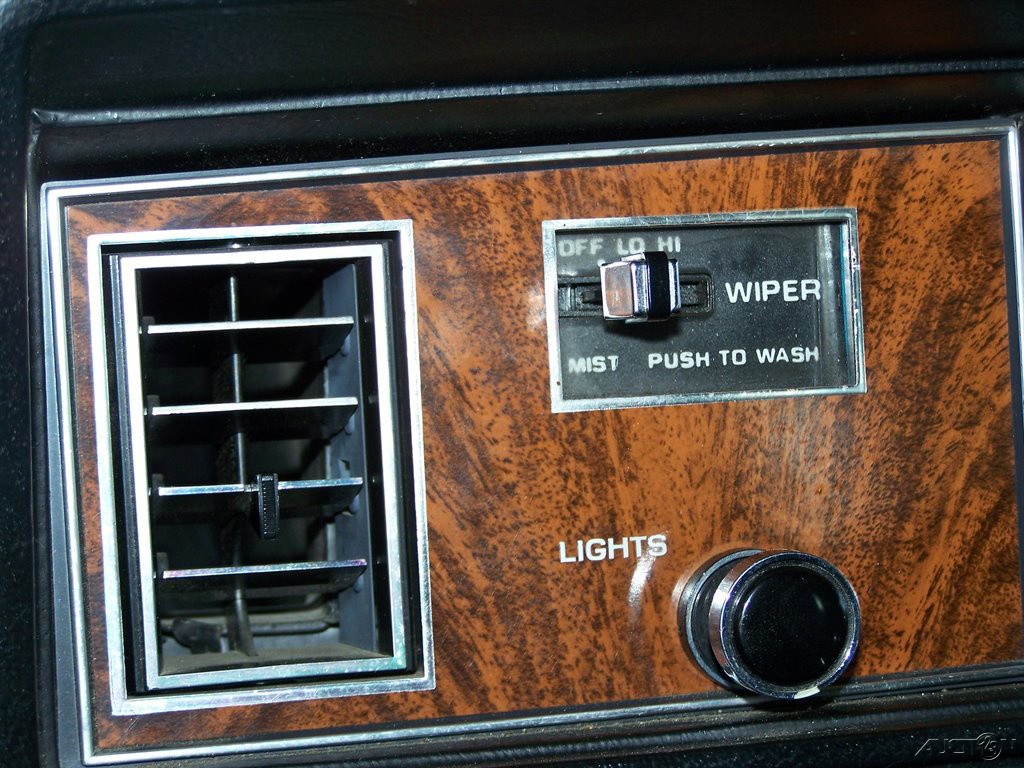
From a purely numerical standpoint, this one-owner Cutlass from Billings, Montana, with over 36,000 miles on the odometer might not seem extraordinary. However, this car’s value goes beyond the numbers. It’s a rare find in such impeccable condition, making it special.
The asking price of $17,890 may not be considered extravagant. It reflects the car’s rarity and low mileage, elevating its value without sending it into the stratosphere. This is the kind of classic vehicle that remains within the reach of many enthusiasts, unlike its late 60s predecessors.
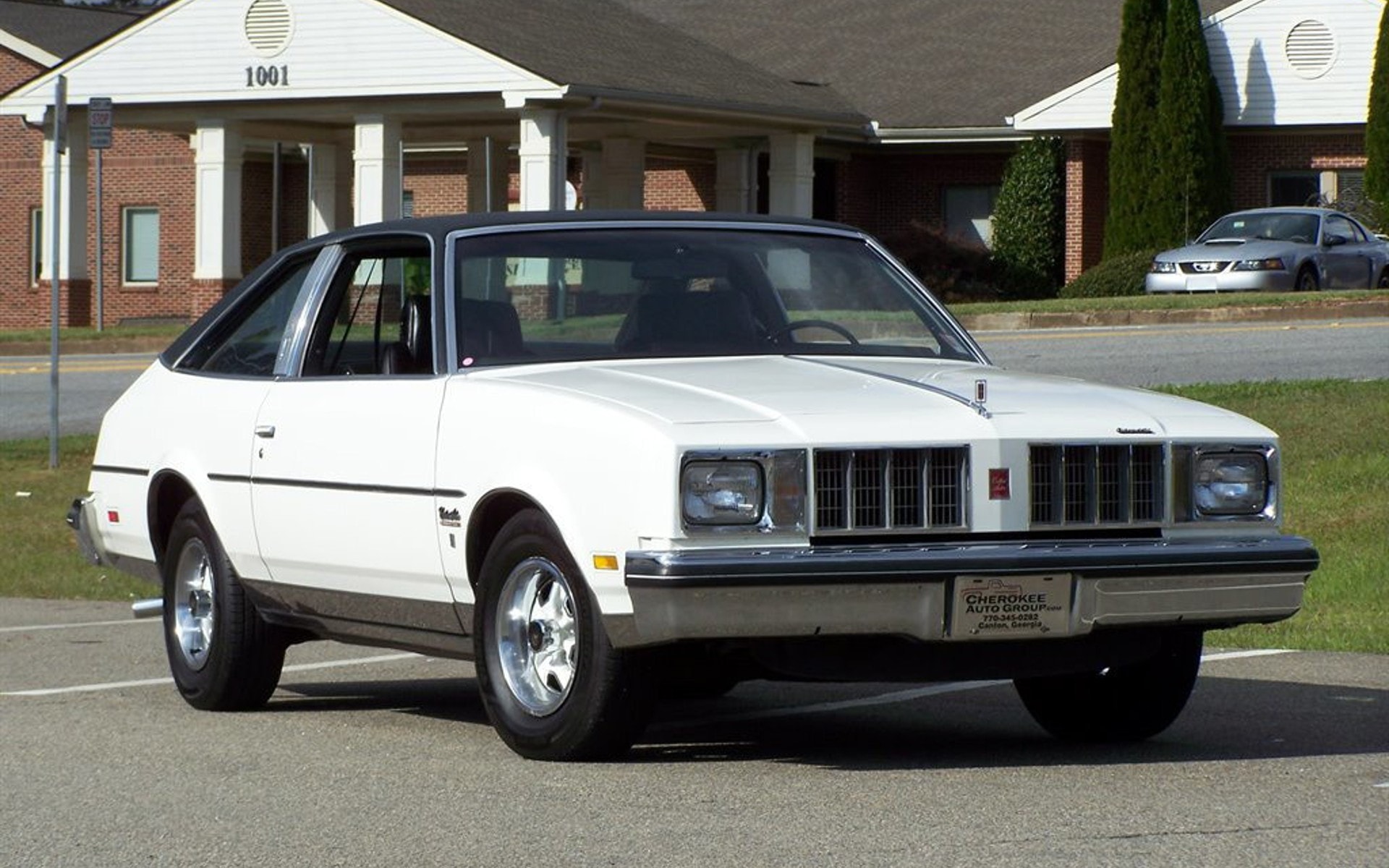
**FAQs**
**Q1: What was the state of the American auto industry in the late 1970s?**
A1: The American auto industry faced significant challenges in the late 1970s, primarily due to the Oil Crisis of the 1970s. This period saw a decline in the production of vehicles with style, substance, or noteworthy performance.
**Q2: Tell me more about the 1978 Oldsmobile Cutlass Salon Brougham.**
A2: The 1978 Oldsmobile Cutlass Salon Brougham was part of the fifth generation of the Cutlass series. It had a downsized platform, shared with other GM models, and used a range of engines from General Motors. This specific model featured a 305-cubic inch (5.0-liter) Chevy V8 engine.
**Q3: What’s special about the Brougham package and the car’s performance?**
A3: The Brougham package enhanced the car’s interior trim, provided a more comfortable suspension, and improved sound-deadening, promising a luxurious driving experience. However, despite its relatively light weight, the car’s performance was limited by emissions equipment, producing only 160 horsepower from the factory.
**Q4: What makes this particular Cutlass Salon Brougham special?**
A4: What sets this car apart is its rarity and remarkable condition. With only one owner and over 36,000 miles on the odometer, it is a rare find in such pristine shape, making it appealing to a certain group of car enthusiasts.
**Q5: Is the asking price reasonable for this classic Cutlass?**
A5: The asking price of $17,890 is considered reasonable, given the car’s rarity and low mileage. It represents a fair value for a classic vehicle that remains within the budget of many enthusiasts, unlike its late 60s predecessors.



